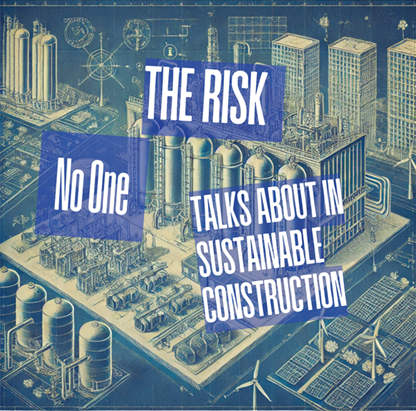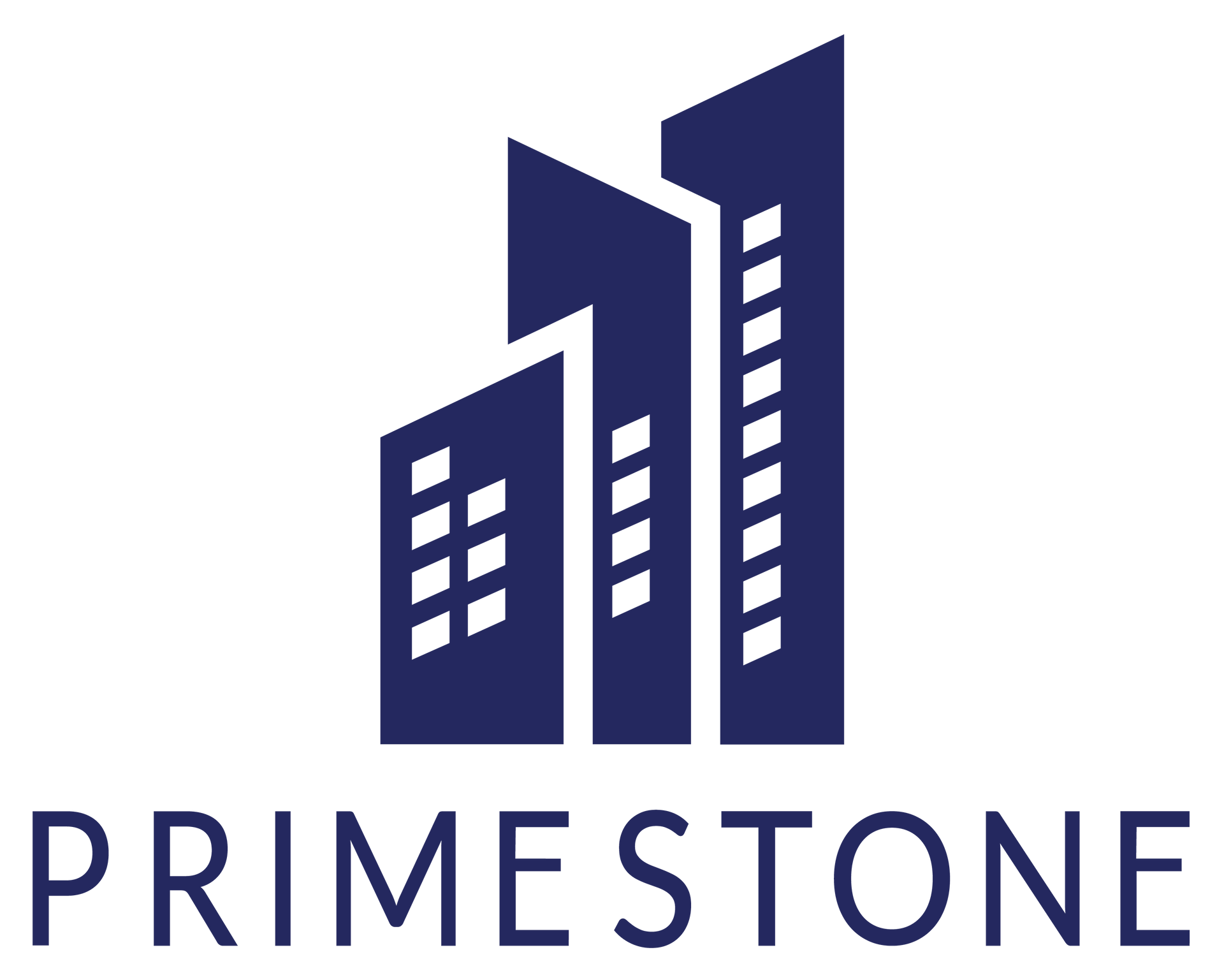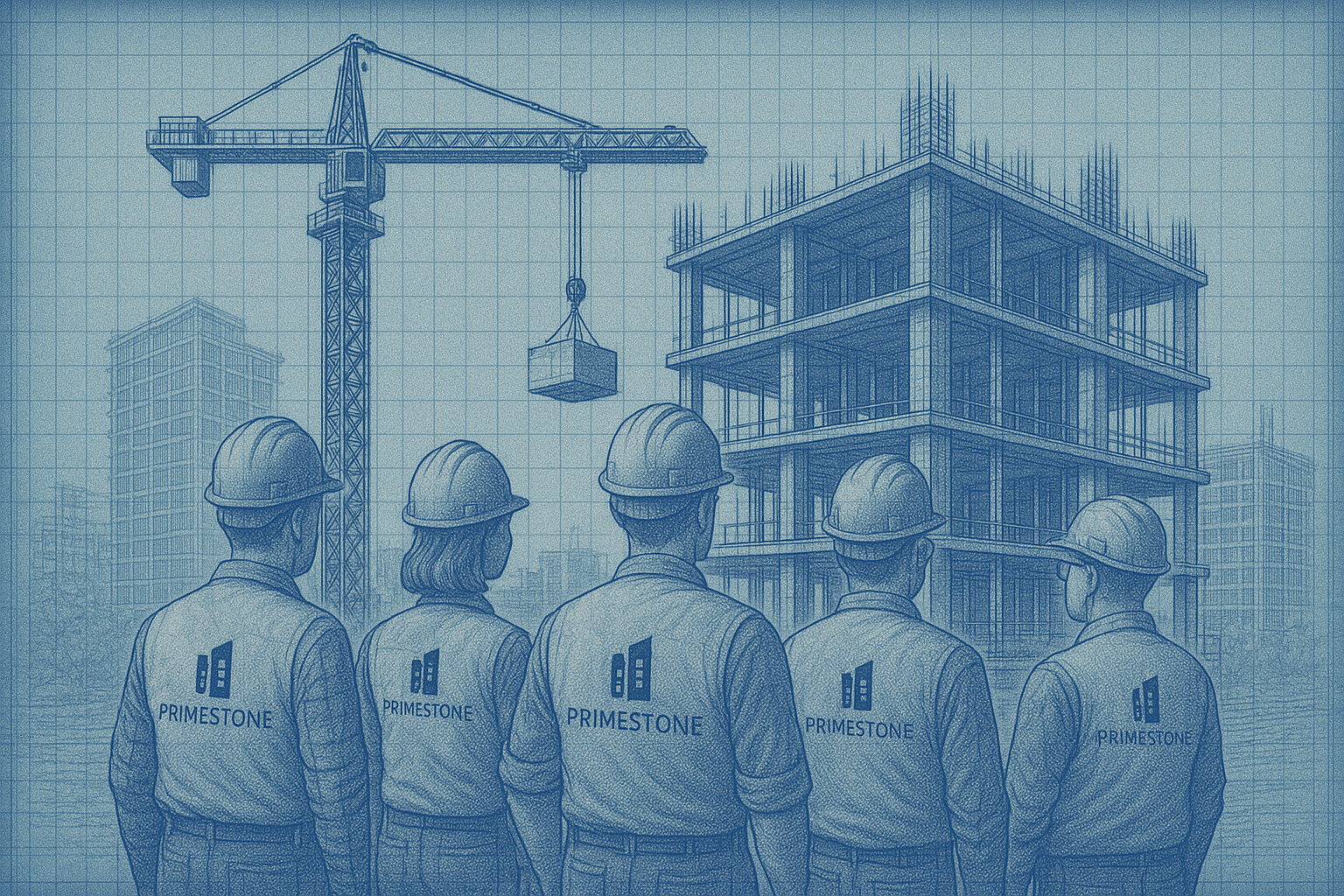Scope Creep Nightmare
5 Strategies to Avoid the 'Scope Creep' Nightmare

5 Strategies to Avoid the 'Scope Creep' Nightmare
Scope creep can be the silent killer of construction projects, slowly eroding budgets, timelines, and relationships. It's that sneaky expansion of project scope, often without proper authorization, that leads to cost overruns and disputes. But here's the kicker: accurate cost estimation and cost management can be your secret weapon in preventing this nightmare.
Understanding Scope Creep: The Uninvited Guest
Scope creep occurs when the project's requirements or deliverables change after the project has already begun, without corresponding adjustments to time, budget, or resources. This phenomenon can lead to missed deadlines, exceeded budgets, and compromised quality. It's like adding toppings to your pizza without paying for them, eventually, someone must foot the bill.
The Cost Estimator's Role: The Unsung Hero
Enter the cost estimator, the project's financial guardian angel. By providing accurate and detailed cost estimates, they set clear financial expectations and boundaries. The cost estimator’s role is much more than just providing estimates. The estimator can provide proactive cost management expertise, allowing ongoing decisions to be evaluated against the budget at any point in time. This clarity helps prevent unauthorized scope changes that can lead to disputes and unexpected costs. Think of them as the bouncers at the club, ensuring no uninvited guests (a.k.a. scope changes) crash the party.
- Define and Document Scope Clearly - Establishing a detailed and precise project scope is the foundation of effective project management. A well-defined scope serves as a reference point, helping to prevent unauthorized changes and misunderstandings. Real-World Example: The Sydney Opera House, initially estimated to cost $7 million, ended up costing over $102 million and was completed ten years later than planned. This massive scope expansion was a significant factor in its budget and timeline deviations.
- Implement a Robust Change Management Process - Establishing a formal process for handling changes ensures that any alterations to the project scope are evaluated for their impact on budget, timeline, and resources before approval. This process should be timely and provided in a transparent manner with all project participants. Statistic: Studies indicate that 85% of projects experiencing scope creep exceed their initial budgets, with an average cost overrun of 27%. A structured change management process can mitigate these risks by thoroughly assessing the implications of proposed changes. Make the estimator part of the process.
- Engage Stakeholders Regularly - Maintaining open and consistent communication with all project stakeholders helps manage expectations and identify potential scope changes early. Regular updates and feedback sessions ensure alignment and reduce the likelihood of misunderstandings. Real-World Example: The NHS patient records system in the UK was abandoned after spending £10 billion, primarily due to scope creep and lack of clear communication among stakeholders. Regular engagement could have prevented such misalignment.
- Set Realistic Budgets with Contingencies - Developing budgets that account for potential risks and uncertainties, including scope changes, provides a financial buffer against unforeseen developments. Including adequate contingency funds ensures that the project can absorb shocks without significant disruptions. Statistic: In Victoria, Australia, major projects experienced a combined cost overrun of $11.7 billion, with nearly half of the projects exceeding their budgets due to scope changes. Setting realistic budgets with contingencies could have mitigated these overruns.
- Monitor and Control Continuously - Regularly reviewing project progress against the defined scope, budget, and timeline helps in early detection of scope creep. Continuous monitoring allows for timely corrective actions, keeping the project on track. Statistic: A study by the Standish Group found that 71% of IT projects come in over budget, exceed time estimates, and have estimated too narrow a scope. Continuous monitoring could address these issues effectively.
Conclusion
Scope creep doesn't have to be the boogeyman of your construction projects. With accurate cost estimation and proactive cost management strategies, you can keep your projects on track, within budget, and free from disputes. Remember, a well-defined scope and vigilant oversight are your best defenses against the creeping menace of uncontrolled project changes.
